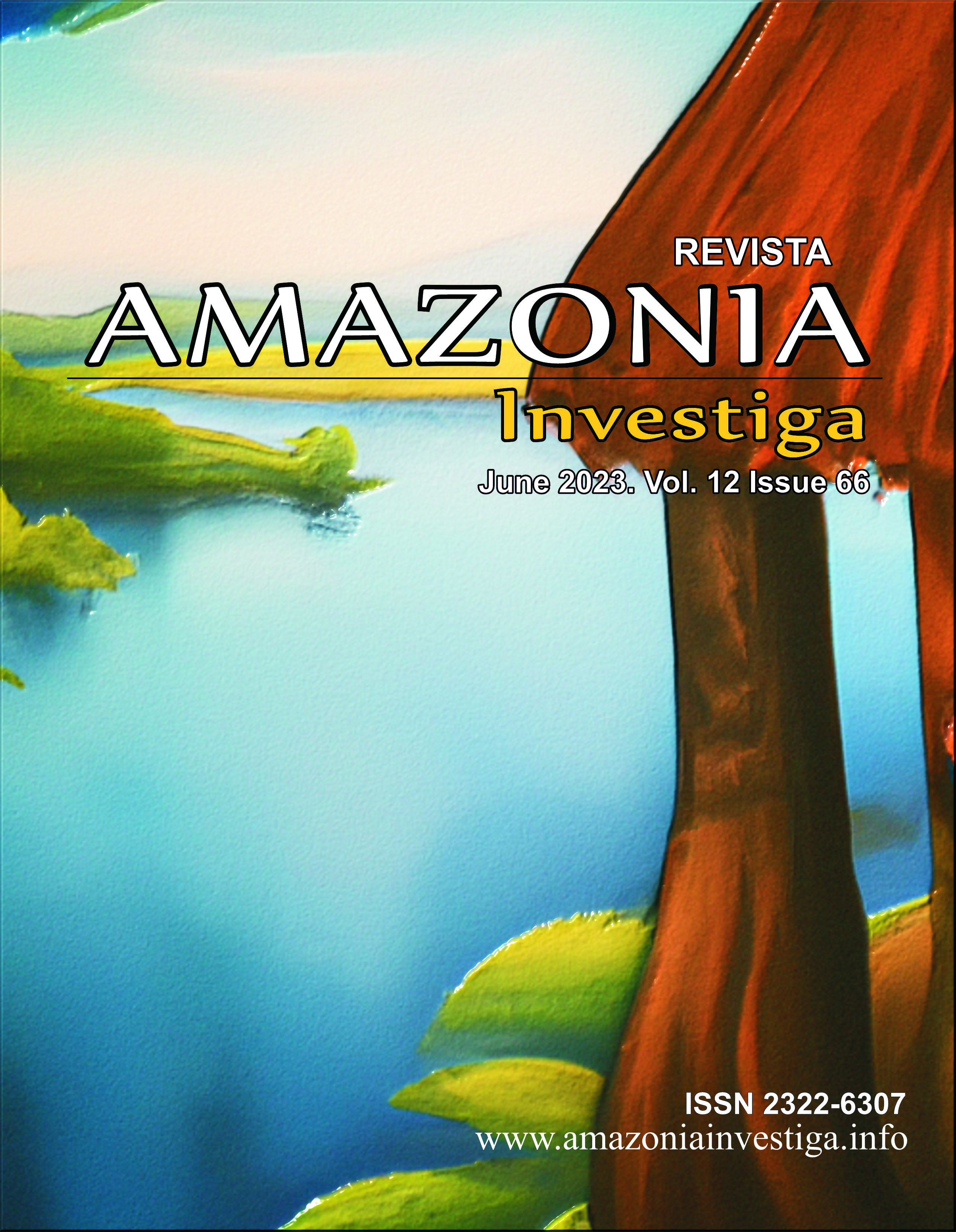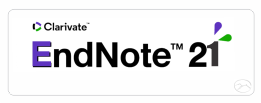Formation of informational and digital competence of the student of primary education by means of robotics
Publicado 2023-07-30
Palabras clave
- computational thinking; informational and digital competence; robotics; student of primary education.
Cómo citar
Resumen
The article examines the problem of forming the information and digital competence of elementary school students by means of robotics. Our research work is aimed at analyzing the modern state of educational robotics, the readiness of educators for its teaching and experimental testing the possibilities of robotics as a means of forming information and digital competence of primary education seekers. The organization of pedagogical experiment meant diagnosis and correction of such components of information and digital competence as motivational, cognitive, active, reflexive, the formation of which took place in the course of pupils’ learning robotics constructors and interactive manuals devoted to the history and development of robots. To measure the level of information and digital competence of primary school pupils the system of expert assessments of its components was used. As a result of observing behavior, accuracy, speed and independence during the fulfillment of special tasks connected with the search and processing of information, computational thinking, work on the Internet, understanding the ethics of working with information etc. the level of information and digital competence of every pupil is defined as the sum of all its indexes. The generalization of the results allowed the conclusions: the use of robotics constructors and interactive manuals, online resources that imitate actions with robots help to increase the level of information and digital competence of education seekers.
Descargas
Citas
Bers, M.U., González-González, ?., & Armas-Torres, M.B. (2019). Coding as a playground: Promoting positive learning experiences in childhood classrooms. Computers & Education, 138, 130-145. https://doi.org/10.1016/j.compedu.2019.04.013
Bers, M.U., Flannery, L., Kazakoff, E.R., & Sullivan, ?. (2014). Computational thinking and tinkering: Exploration of an early childhood robotics curriculum. Computers & Education, 72, 145-157. https://doi.org/10.1016/j.compedu.2013.10.020
Caballero-González, Y.A., & García-Valcárcel, A. (2020). Learning with robotics in Primary Education? A means of stimulating computational thinking. Education in the Knowledge Society (EKS), 21, 15. https://doi.org/10.14201/eks.22957
González-González, C.S. (2019). State of the art in teaching computational thinking and programming in children. Education in the Knowledge Society (EKS), 20, 15. https://doi.org/10.14201/eks2019_20_a17
Hour of Code (2023). Official site. Accessed on: 10.04.2023 Retrieved from https://hourofcode.com/ua/en
Jamal, N.N., Abang Jawawi, D.N., Hassan, R., & Mamat, R. (2021). Conceptual Model of Learning Computational Thinking Through Educational Robotic. International Journal of Emerging Technologies in Learning (iJET), 16(15), 91-106. https://doi.org/10.3991/ijet.v16i15.24257
Jawawi, D. N. A., Jamal, N. N., Abdul Halim, S., Sa’adon, N. A., Mamat, R., Isa, M. A., Mohamad, R., & Abdull Hamed, H.N. (2022). Nurturing Secondary School Student Computational Thinking Through Educational Robotics. International Journal of Emerging Technologies in Learning (iJET), 17(03), 117-128. https://doi.org/10.3991/ijet.v17i03.27311
Kanbul, S., & Uzunboylu, H. (2017). Importance of Coding Education and Robotic Applications For Achieving 21st-Century Skills in North Cyprus. International Journal of Emerging Technologies in Learning (iJET), 12(01), 130-140. https://doi.org/10.3991/ijet.v12i01.6097
Khilenko, T. (2014). Typical tasks for the formation of universal educational activities. Working with information. Grade 4. Moscow, Russia: Enlightenment, pp. 72-73.
Kim, C.M., Kim, D., Yuan, Y., Hill, R.B., Doshi, P., & Thai, C.N. (2015). Robotics to promote elementary education pre-service teachers' STEM engagement, learning, and teaching. Computers & Education, 91, pp. 14-31. https://doi.org/10.1016/j.compedu.2015.08.005
López-Belmonte, J., Segura-Robles, A., Moreno-Guerrero, A-J., & Parra-González, M-E. (2021). Robotics in Education: A Scientific Mapping of the Literature in Web of Science. Electronics, 10(3), 291-309. https://doi.org/10.3390/electronics10030291
Maya, I., Pearson, J.N., Tapia, T., Wherfel, Q.M., & Reese, G. (2015). Supporting all learners in school-wide computational thinking: a cross-case qualitative analysis. Computers & Education, 82, 263-279. https://doi.org/10.1016/j.compedu.2014.11.022
Moreno, J., Robles, G., Román, M., & Rodríguez, J.D. (2019). Not the Same: A Text Network Analysis of Computational Thinking Definitions to Study Its Relation to Computer Programming. RiiTE Interuniversity Journal of Research in Educational Technology, 7. https://doi.org/10.6018/riite.397151
Sáez López, J.-M, Buceta Otero, R., & De Lara García-Cervigón, S. (2021). The application of robotics and block programming in elementary education. RIED-Iberoamerican Journal of Distance Education, 24 (1), 95-113. https://doi.org/10.5944/ried.24.1.27649
Sáez-López, J.-M., Román-González, M., & Vázquez-Cano, ?. (2016). Visual programming languages integrated across the curriculum in elementary school: A two year case study using “Scratch” in five schools”. Computers & Education, 97, 129-141. https://doi.org/10.1016/j.compedu.2016.03.003
Sáez-López, J.M., Sevillano-García, M.L., & Vazquez-Cano, E. (2019). The effect of programming on primary school students’ mathematical and scientific understanding: educational use of mBot. Education Tech Research, 67, 1405-1425. https://doi.org/10.1007/s11423-019-09648-5
Sagan, O.V., Blakh, V.S., Los, O.N., Liba, O.M., & Kazannikova, O.V. (2022). The use of augmented reality technology in primary education. Amazonia Investiga, 11(49), 27-35. https://doi.org/10.34069/AI/2022.49.01.3
Sagan, O., Nahrybelniy, Y., Nahrybeina, I., Fediaieva, V., Liba, N., & Kabelnikova, N. (2020). Digital educational environment as a system-forming element of digital didactics. Revista Inclusiones, 282-290. Recuperado a partir de https://revistainclusiones.org/index.php/inclu/article/view/1675
Smyrnova-Trybulska, ?., & Zuziak, W. (2020). “The Robot is Not so Scary as it is Painted!” – A Project Report”, in. DIVAI, 2020, pp. 205-216. Available: https://acortar.link/H86qTi. Accessed on: April 10, 2023
Turan, S., & Aydo?du, F. (2020). Effect of coding and robotic education on pre-school children’s skills of scientific process. Education and Information Technologies, 25, 4353–4363, 2020. https://doi.org/10.1007/s10639-020-10178-4
Valsamidis, S., Florou, G., Anastasiadou, S., & Mandilas, A. (2021). Educational Robotics as a Teaching Tool of Information Technology in the Primary Education, EDULEARN21 Proceedings, pp. 9806-9816. Available: DOI: 10.21125/edulearn.2021.1984 Accessed on: April 10, 2023.
Vasenko, O., & Vasenko, V. (2020). Development of computational thinking of future teachers in the context of object-oriented programming paradigm. Humanitarium, 45(2), 19-26. https://doi.org/10.31470/2308-5126-2019-45-2-19-26
Wing, J. (2006). Computational Thinking. Communications of the ACM, 49(3), 33-35.











